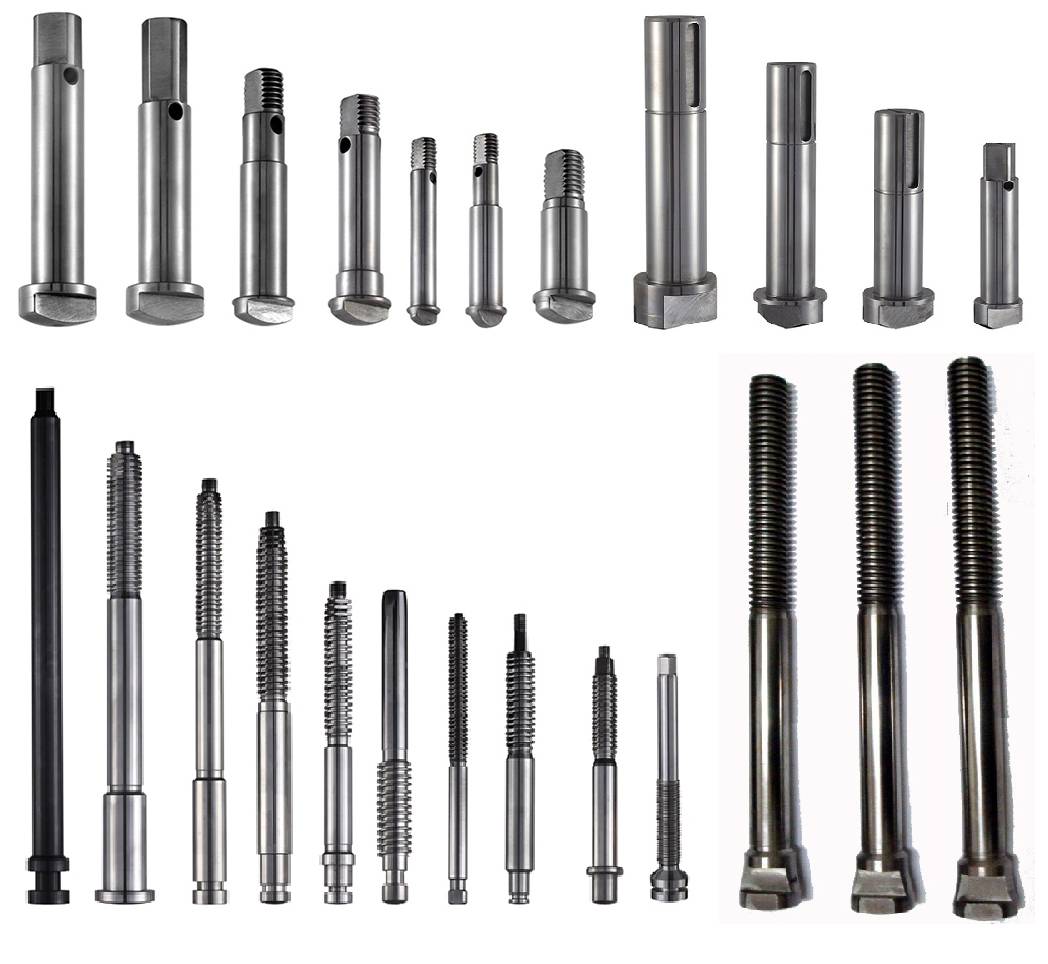Ever think about keeping your valves working well and safe while being kind to the environment? It takes technical skill to control emissions, save on repairs, and keep systems running smoothly, especially with valves in your industrial environment. Our article explores the materials and techniques to ensure impeccable valve stem sealing. Let’s begin
Valve Stem Sealing - Best Practices Explained
Did you know that valve stem seals keep sliding and rotary valves tight and smooth? In sliding valves, a rod moves to manage the flow. Rotary ones have a turning shaft. Seals let the stem move easily and keep the media from leaking.
These seals have two big jobs:
- They must keep emissions low and let the stem move freely for many cycles.
- They must be tight enough to stop leaks but not so tight that they stop the stem from moving.
Choosing the right seal materials and how smooth the stem is can make or break your valve's movement. It's not just about a tight seal but largely about maintaining it through heat and wear and tear.
Your valve stem’s efficacy in facilitating operations is vital in an ever-changing industrial system. It affects everything from air pollution to how much you spend on maintenance.
Assessing Valve Stem Seal Performance
How do you know if your valve stem seals are up to snuff? You've got to check them against the big industry benchmarks. Let's look at three main ones:
- TA Luft is all about leak rate standards.
- FCI 91-1 uses a smell test for leaks after overusing the valve.
- ISO 15848 tests leak with helium or methane and deliver accurate results.
Putting these standards aside shows how tricky it is to keep leaks low with valves that go through a lot. Picking the right seal, like PTFE or graphite, is super important. PTFE can swell with heat; graphite is tough but might not spring back well.
Remembering these standards, you must pick materials and designs to make your seals strong and reliable.
Valve Stem Sealing: Standards and Testing
Comparing seal performance? You need to know how they're tested. FCI 91-1 uses a sniff test after putting the valve through its paces. It gives a good picture of how the valve holds up over time.
ISO 15848 is tough, setting leak rate classes for valves and allowing tests with helium or methane. It wraps the valve's top in a tight cover and uses helium to sniff out leaks, which finds smaller leaks than methane.
Knowing how to test a valve is vital to ensuring your valves last longer and work better.
AlterValve secures premium industrial valves and parts from leading global manufacturers, tailored to meet the needs of diverse sectors such as power plants, oil and gas, petrochemicals in China, India, and Russia. Our commitment to quality and safety ensures that our products meet the highest standards, guaranteeing reliable performance across all industries.
Best Practices for Packing Valve Stems
Here are some critical pointers to help you ensure valve stem safety and efficacy:
- PTFE or graphite rings are popular choices.
- Live loading uses springs to keep the pressure steady on the packing rings.
However, it's a fine line between making the valve too tight and keeping emissions down. Getting the balance right is crucial for your seals' design and care.
Grasping packing and live loading opens the door to different sealing solutions, each with its own perks and things to consider.
Also read: Strategies for Preventing and Resolving Ball Valve Stem Leaks
Implementing Bellows in Valve Stem Sealing
Thinking about stepping up your sealing game? Bellows seals are a solid pick instead of the usual packing. They're like a metal coat for the valve stem, bending with its moves while keeping a tight seal.
Bellows are available in two styles:
- Welded leaf
- Formed bellows
Welded leaf bellows are thin metal bits stuck together, easy to fold. Formed bellows are flat metal tubes that are tube-shaped and then bent into form. They last long and can handle a lot of use. Less welding means less wear and tear.
Usually, you'll have regular packing as a backup with bellows seals. If the bellows fail, this second seal stops any leaks, reducing environmental risks and product loss.
When considering using bellows, it's smart to get how they work and the role of backup packing. This helps you choose the best sealing for your needs, balancing how well it works and how long it lasts.
Packing vs. Bellows: Valve Stem Sealing Compared
Stuck between packing and bellows for sealing? You must look at the pros and cons. Here's the lowdown:
- Packing can be tweaked but might not stop all leaks.
- Bellows are great at sealing but have a set maintenance schedule.
Ultimately, your choice depends on your application.
Key Takeaways for Valve Stem Sealing
The best seal makes your valves more efficient and helps your plant use energy better. Choosing the right materials and designs means your valves last longer and keep emissions low. This mix of know-how and careful planning helps you make industry greener and more cost-effective.
Gather insights from industrial valve suppliers to keep your valves reliable and green. The right seal reduces pollution and makes your manufacturing process more sustainable. These insights show that making smart, informed choices and always learning are key to staying compliant and competitive.
